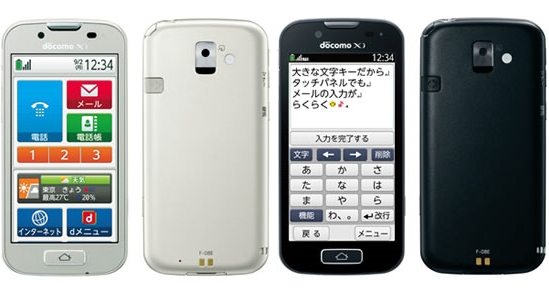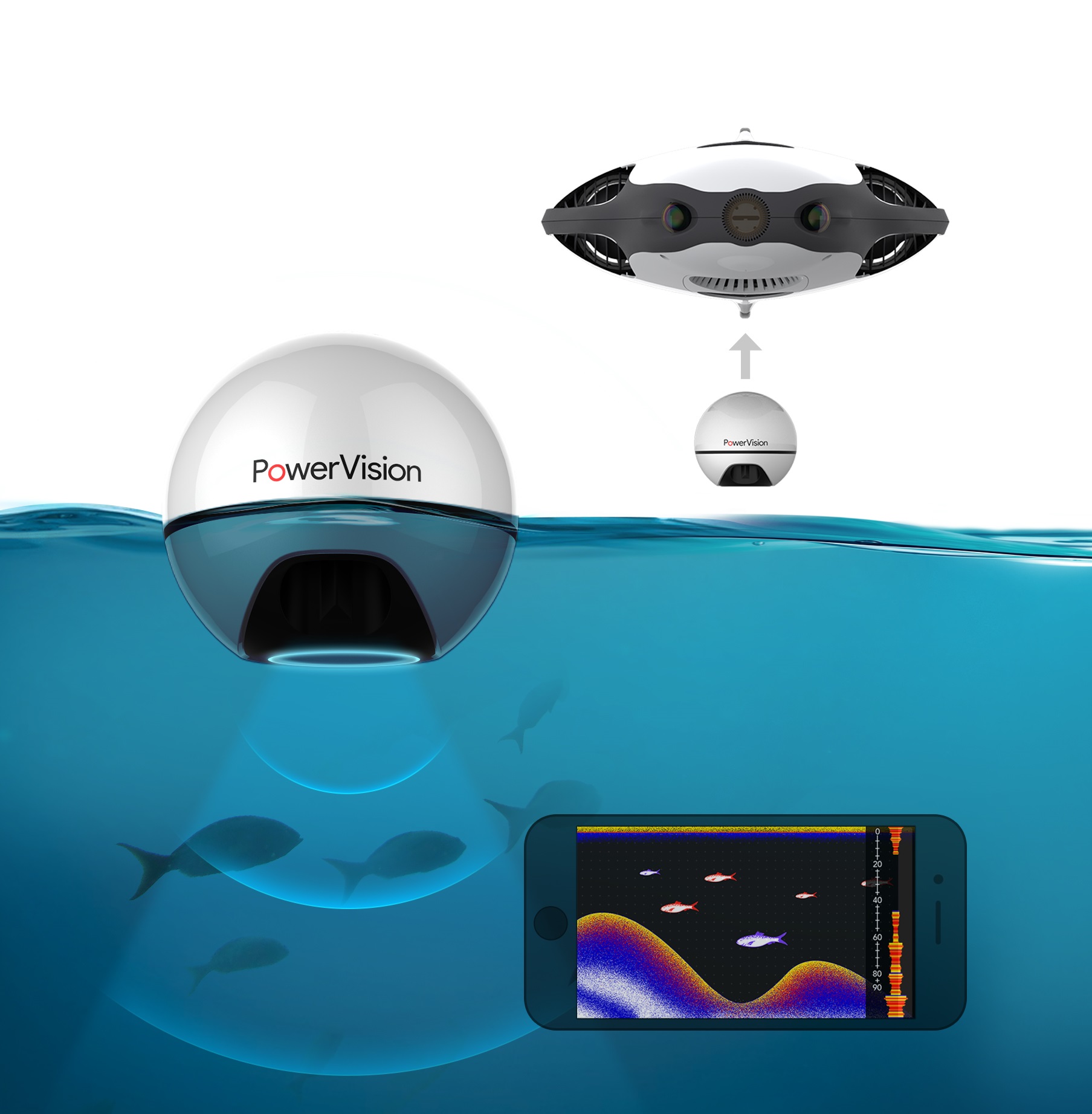Tokyo, August 14, 2013 — Fujitsu today announced that its new Raku-Raku Smartphone 2 F-08E will be available in Japan from NTT DOCOMO, Inc., from August 16, 2013.
In addition to coming equipped with the latest 1.7 GHz quad-core CPU and other technologies used in Fujitsu's flagship models, the new smartphone is powered by NTT DOCOMO's ultra-high-speed Xi ("crossy") communications network, and features next-generation WhiteMagic™ energy-efficient LCD technology. The new display can reduce power consumption by up to approximately 50%, improve the brightness of the display making it easier to see in difficult viewing conditions, such as outdoors on a sunny day. It also features a new Raku-Raku Touchscreen that even further emulates the feeling of pushing real buttons on a conventional mobile phone. The result is significantly improved readability and ease-of-use.
Fujitsu has also revamped its Raku-Raku Community, an Internet service that lets customers enjoy discussing their interests and popular topics, and has added new group features, as well as expanded communications capabilities so that members can exchange messages. By offering a service that helps people build new relationships through smartphones, Fujitsu is providing customers new ways to enjoy their lives.
Interest in smartphones among senior citizens is rising with the rapid growth of the smartphone market. With Raku-Raku Smartphone 2, after thoroughly studying and analyzing feedback from users of the original Raku-Raku Smartphone launched last year, Fujitsu has made roughly 600 improvements to the phone's user interface, including enhancing the touchscreen's touch sensation and employing display technology that enables further improvements in power consumption and clarity. This has made the handset extremely user-friendly, as well as coming equipped with cutting-edge technologies. The new smartphone is available Gold, Black and Pink.
Raku-Raku Smartphone 2 employs next-generation WhiteMagic™ energy-efficient LCD technology, which can reduce power consumption by up to approximately 50%. Furthermore, by adding white pixels to the existing RGB pixels, the display can achieve up to roughly 900 cd of luminance, making it much brighter and easier to see in scenarios where screen visibility has previously been hindered, such as outdoors on a sunny day.















